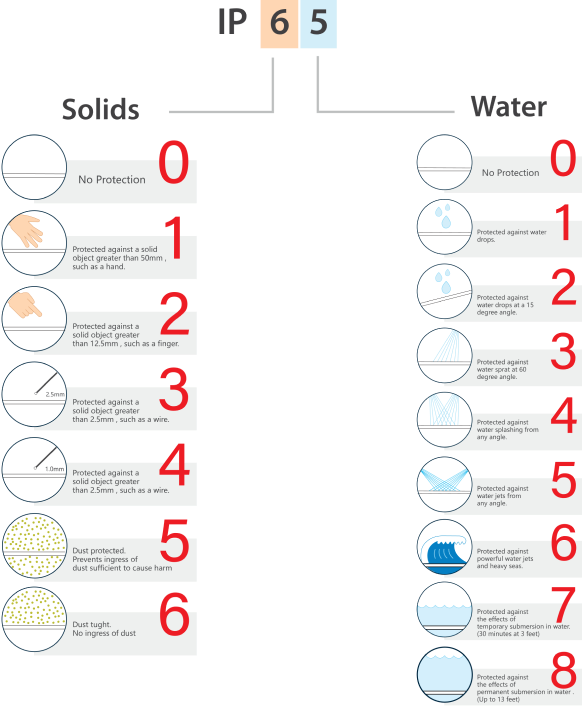Historyof light
The human need has emerged since prehistoric times to fill the lack of natural lighting with artificial lighting. so he made use of fires, torches, candles, lamps, lamps and others.
1820, after the discovery Of Oil. it was replaced by kerosene (kerosene Oil) and paraffin Oil to improve the quality of combustion. and all of this led to obtaining easy-to-manufacture. low-cost. reliable and reliable lamps.
The incandescent charcoal-wire light bulb of 1878 was the first scientific step in electric lighting. Because of the importance of this lamp. a lot of controversy erupted about who first came up With its invention. and the French. Russians. British and Americans claim to be attributed to them. United States
Gas vacuum tubes (vapor tubes). which are lighting tubes that work on the principle of electric arc inside an airless tube containing a small amount of vapor of an element such as neon (red light) or mercury vapor (blue and white light bluish). These tubes have been widely used in household lighting and factories and to decorate facades since the thirties of the twentieth century until, after their improvement. they became one of the best practical means in interior lighting. which iS known today as a gas fluorescent lamp or fluorescent
EImer Fridrich and Emmett Wiley invented the halogen lamp in 1959. In 1960 an engineer named General Electric Fredrick Moby invented a version of the tungsten halogen lamp developed. A halogen lamp is an incandescent lamp that has a small amount of a halogen such as iodine or bromine added.
Light-emitting diodes (LED) are a relatively new method of lighting up your home. garden or grow room. It Was invented in Russia in the 1920S. In 1962 it was made into an electronic material LEDs are considered solid-state lightning; unlike incandescent light bulbs that need to heat up to create light, LEDs are cool to the touch. The fact that LEDs do not heat up makes them more than incandescent light bulbs. Whereas incandescent light bulbs expend up to 98% of their energy-producing heat. LEDs can convert more of their energy into creating light. Given their increased efficiency in comparison to incandescent light bulbs, LEO lighting can often be the more economical choice in the long term.
1820, after the discovery Of Oil. it was replaced by kerosene (kerosene Oil) and paraffin Oil to improve the quality of combustion. and all of this led to obtaining easy-to-manufacture. low-cost. reliable and reliable lamps.
The incandescent charcoal-wire light bulb of 1878 was the first scientific step in electric lighting. Because of the importance of this lamp. a lot of controversy erupted about who first came up With its invention. and the French. Russians. British and Americans claim to be attributed to them. United States
Gas vacuum tubes (vapor tubes). which are lighting tubes that work on the principle of electric arc inside an airless tube containing a small amount of vapor of an element such as neon (red light) or mercury vapor (blue and white light bluish). These tubes have been widely used in household lighting and factories and to decorate facades since the thirties of the twentieth century until, after their improvement. they became one of the best practical means in interior lighting. which iS known today as a gas fluorescent lamp or fluorescent
EImer Fridrich and Emmett Wiley invented the halogen lamp in 1959. In 1960 an engineer named General Electric Fredrick Moby invented a version of the tungsten halogen lamp developed. A halogen lamp is an incandescent lamp that has a small amount of a halogen such as iodine or bromine added.
Light-emitting diodes (LED) are a relatively new method of lighting up your home. garden or grow room. It Was invented in Russia in the 1920S. In 1962 it was made into an electronic material LEDs are considered solid-state lightning; unlike incandescent light bulbs that need to heat up to create light, LEDs are cool to the touch. The fact that LEDs do not heat up makes them more than incandescent light bulbs. Whereas incandescent light bulbs expend up to 98% of their energy-producing heat. LEDs can convert more of their energy into creating light. Given their increased efficiency in comparison to incandescent light bulbs, LEO lighting can often be the more economical choice in the long term.



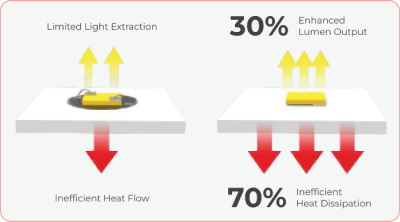
Chip-on-Board or “COB” refers to the mounting Of a bare LEO chip in direct contact with a substrate (such as silicon carbide Or sapphire) to produce LED arrays. COB LEDs have a number of advantages over older LED technologies. Most notably. COB technology allows for a much higher packing density Of the LED array, Or what light engineers refer to as improved “lumen density”. For example. using COB LED technology on a 10mm*10mm square array results in 38 times more LEDs compared to DIP LED technology and 8.5 times more LEDs compared to SMD LED technology (see diagram below). This results in higher intensity and uniformity Of light. Alternatively. using COE LED technology can greatly reduce the footprint and energy consumption of the LED array while keeping light output Constant.
C O B
C C T
(Correlated Color Temperature )
The temperature in CCT to the black-body radiation. This is actually the emitted light by solid object heated to the point Of incandescence. The emitted light by a black body as it gets hotter progresses through a particular sequence of colors that follows a curve within a color space. Starting from red. the light passes to orange. yellow. white and blue. for sources there are g nominal that range from 6300 (daylight white) to 2700 K (warm white'. since LEDs can produce any variation of the (010' temperature within the once
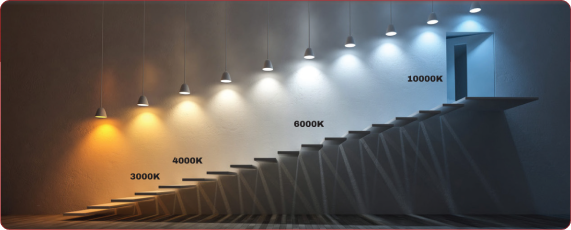
C R I
(Color rendering index )
Can't tell the difference between the black and navy-colored socks in your walk- in closet under your old fluorescent lights? Could be that the current lighting source has a very low CRI level. Color Rendering Index (CRI) is a measurement of how natural colors render under an artificial white light source when compared with sunlight. The index is measured from 0-100, with a perfect 100 indicating that colors of objects under the light source appear the same as they would under natural sunlight. CRIS under 80 are generally considered 'poor' while ranges over 90 are considered 'great'. High CRI LED lighting renders beautiful, vibrant tones across full-color the spectrum.
However, CRI is only one measurement for light quality.To truly understand a light source's capability to render the colors you want, there are deeper tests that we do and our lighting scientists recommend.
However, CRI is only one measurement for light quality.To truly understand a light source's capability to render the colors you want, there are deeper tests that we do and our lighting scientists recommend.
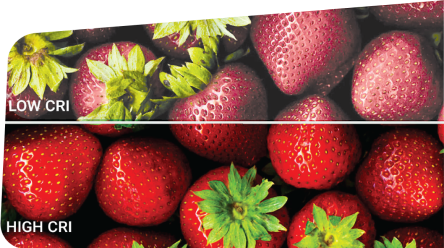
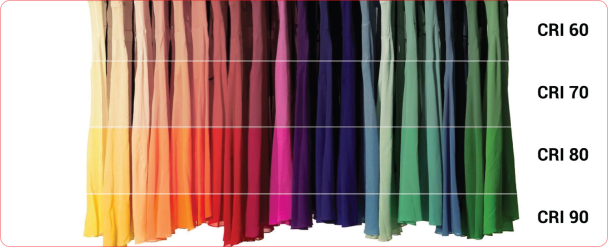
AntiGlare
Light glare is one of the most common problems with any type of light, but it can be particularly troublesome for those who suffer from certain eye conditions. Anti-glare light solutions reduce the glare you see by blocking out unwanted reflections and reducing the intensity of the light source itself. Anti-glare light is designed for people who are sensitive to bright lights. It provides gentle lighting that makes it easier for your eyes to adjust and concentrate on reading or something else.The anti-glare allows you to see things clearly without hurting your eyes because of the intense light on a screen.
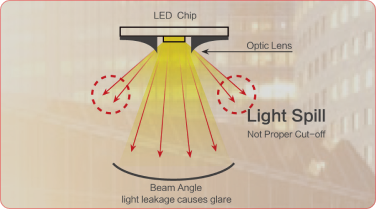
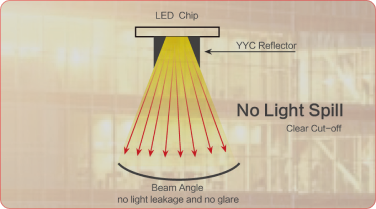
IngressProtection - IP
(Ratings Guide)
